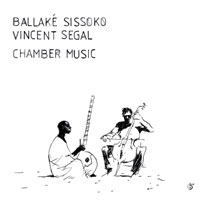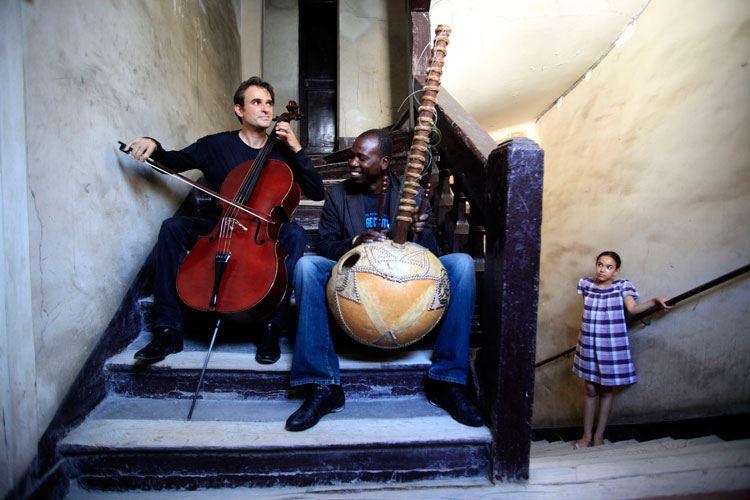Each week, World in Stereo examines classic and modern world music while striving for a greater appreciation of other cultures.

Ballaké Sissoko & Vincent Ségal: Chamber Music (Six Degrees Records, 1/11/11)
Ballaké Sissoko & Vincent Ségal: “Histoire de Molly”
[audio:https://alarm-magazine.com/wp-content/uploads/2010/12/05-ballake_sissoko_vincent_segal-histoire_de_molly.mp3|titles=Ballaké Sissoko and Vincent Ségal: “Histoire De Molly”]Six Degrees Records begins 2011 with a wonderful collaboration between West African kora player Ballaké Sissoko and French cellist Vincent Ségal, simply titled Chamber Music. Geared toward reimagining a genre closely associated with the days of études and opuses, the record successfully fuses African classical with Western classical music.
One of the best traditional kora musicians (the kora being West Africa’s 21-string, long-neck harp lute), Sissoko has released more collaborative projects than solo works, keen on showing the instrument’s adaptability to the modern world. In his collaboration with Ségal, known best as the cellist for the French trip-hop group Bumcello, Sissoko has found a new avenue in which to showcase this West African griot tradition.
As the title suggests, the record has a classical aura at its core, intimate in composition and execution. Though largely a duo project, Chamber Music has some scattered guest vocal and string parts, as well as some light percussion to add balanced texture. But the cello and kora alone, gracefully introduced in the opening title track, achieve a formidable interplay. Ségal’s deep cello, at times plucked to resemble a bass, fits well within Sissoko’s sweeping kora lines. Sissoko and Ségal’s compositions showcase certain patience, and their instruments emote melancholy with every pluck or bow, taking turns floating between the background and foreground.
Joined by the ngoni (small African lute) and balafon (West African wooden xylophone) on “Houdesti,” Ségal’s plucked cello blends well with the three classical African instruments. It’s a soft piece with a repetitive rhythm section that makes Sissoko’s flourishes sound all the more complex; topping it all off is the kora’s beautiful, natural tone.
Much of the record has a subdued, moonlit feel, as if the sound inhabits a space meant for silence. On tracks such as “Histoire de Molly,” the cello reverberates with lament, and the kora provides a gentle two-chord rocking that mimics a Renaissance harp.
Working with a cross section of genres that are loosely defined, Sissoko and Ségal have found a narrow niche that ties all together. In its delicate beauty and thoughtfulness, Chamber Music is an innovative exercise in musical knowledge, one that displays not only the parallels of two music cultures but the stunning ways in which they can be restructured and imagined.

